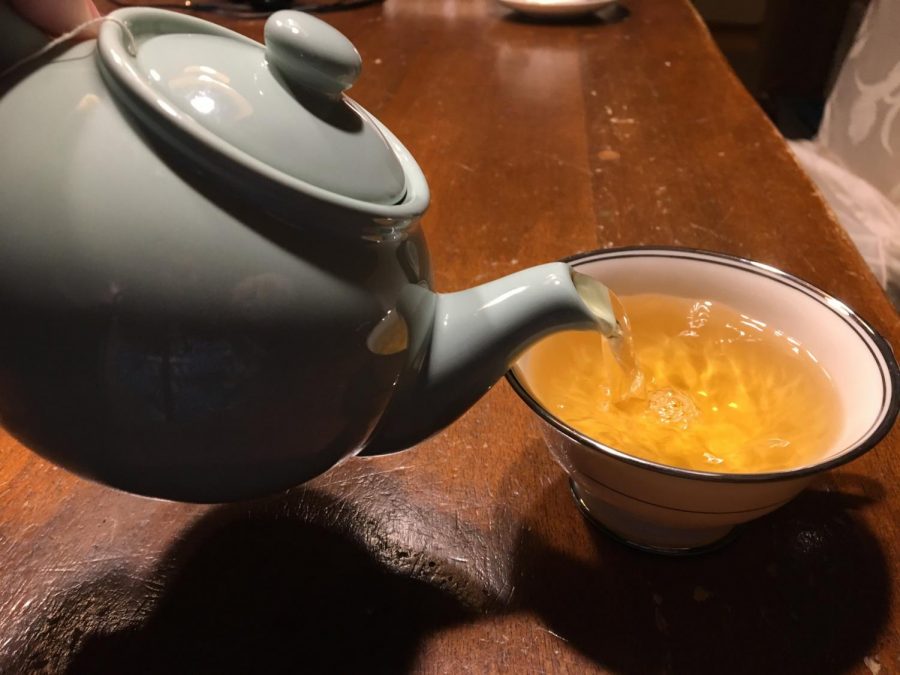Tea! Its history and benefits
March 5, 2018
Tea has been around for generations, holding a dear history of its origins and exhibiting different flavors that span across the world. The leaves diffuse in steaming water, giving out a sweet, spicy, strong, mellow, refreshing, or potent taste.
Tea has been around since 2700 BC and exists in many cultural contexts, with connections to philosophy and spirituality. It has many health benefits and is consumed all around the world.
In ancient China, tea was discovered when Emperor Shen Nong, a skilled ruler and scientist, accidentally discovered it while boiling water in the garden and a leaf from an overhanging wild tea plant drifted into his pot. The Emperor enjoyed drinking the infused water so much that he was compelled to research the plant further. Legend has it that the Emperor discovered tea’s medicinal properties during his research (Mighty Leaf Tea).
Tea became popular in different parts of the world such as India, Tibet, China, and Japan. From there, this drink then spread across the world. It really began to start becoming more popular during the Tang dynasty, when travelers from the Middle East would go out of their way just to trade for tea.
Tea is full of antioxidants that help recharge the body and prevent various types of damage and disease. It also can reduce the risks of having a heart attack by 20% and reduce a stroke by 35% according to a recent study (Carroll). Tea can also boost people’s immune systems with its anti-inflammatory and anti-bacterial properties.
Furthermore, different types of teas can cater to specific problems, such as combating anxiety or helping with a sore throat.
- Hibiscus: lowers blood pressure
- Chamomile: prevents loss of vision, nerve and kidney problems, and stunts growth of cancer cells.
- Green tea: stabilizes cholesterol, prevents cancer, lowers blood pressure and sugar, supports weight management
- Mint tea: aids digestion, relieves nausea, fevers, and coughing, and reduces bad breath
- Earl grey: fights anxiety and depression. Provides increase of energy and aids with digestion.
Everybody has different propensities, and there are so many kinds of tea that appeal to a multitude of taste preferences. It offers important health benefits and crafts a luxurious taste, satisfying and relaxing the body.
In American culture, people are too accustomed to pushing their bodies, mentally and physically, until every last drop of themselves burns out. But, with tea, it allows for a step back from regular life. It can be a calming force that provides just enough boost to keep a person focused and balanced.
https://www.webmd.com/food-recipes/tc/antioxidants-topic-overview
https://www.today.com/series/one-small-thing/top-10-health-benefits-drinking-tea-t81111
https://www.webmd.com/diet/features/tea-types-and-their-health-benefits#1
https://www.curejoy.com/content/different-types-of-tea-and-their-benefits/
https://www.today.com/series/one-small-thing/top-10-health-benefits-drinking-tea-t81111
https://www.itoen.co.jp/eng/allabout_greentea/history_of_tea.html
www.newhealthguide.org/Benefits-Of-Peppermint-Tea.html
www.newhealthguide.org/Benefits-Of-Peppermint-Tea.html






